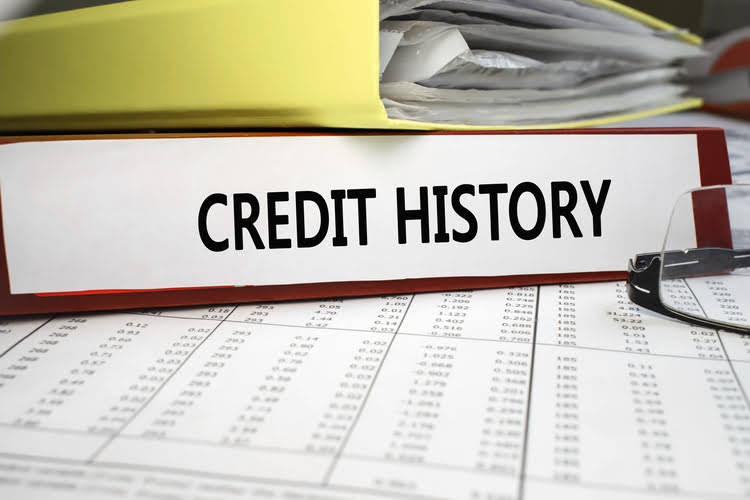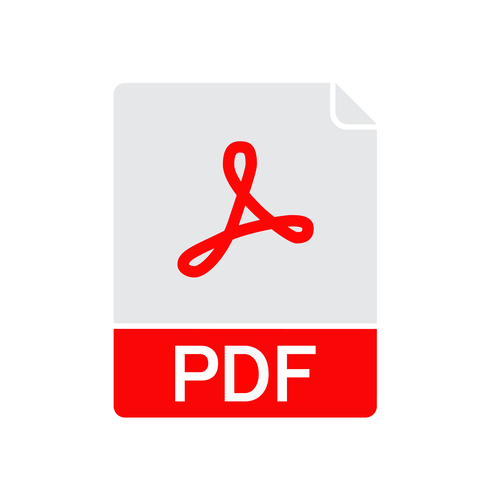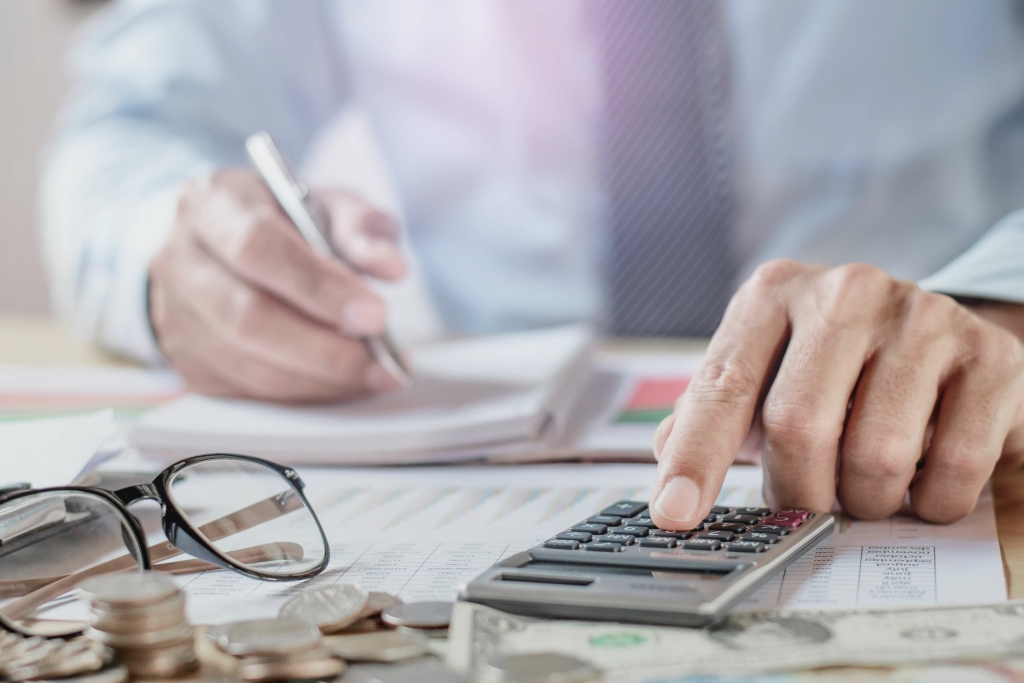Cost of Goods Sold COGS Explained With Methods to Calculate It

They can refer to tangible assets, such as machinery, computers, buildings, and land. Non-current assets also can be intangible assets, such as goodwill, patents, or copyrights. While these assets are not physical in nature, they are often the resources that can make or break a company—the value of a brand name, for instance, should not be underestimated. Current assets have a lifespan of one year or less, meaning they can be converted easily into cash.

What Is Included in Cost of Goods Sold?
You can then deduct other expenses from gross profits to determine your company’s net income. In theory, COGS should include the cost of all inventory cost of goods sold that was sold during the accounting period. In practice, however, companies often don’t know exactly which units of inventory were sold.
Special Identification Method

Its primary service doesn’t require the sale of goods, but the business might still sell merchandise, such as snacks, toiletries, or souvenirs. For information pertaining to the registration status of 11 Financial, please contact the state securities regulators for those states in which 11 Financial maintains a registration filing. This is especially important if you are using a lot of raw materials in your production process. Operating expenses are expenses that are indirectly tied to producing the goods or services.
Comparing COGS to Sales Ratios
Even though all of these industries have business expenses and normally spend money to provide their services, they do not list COGS. Instead, they have what is called “cost of services,” which does not count towards a COGS deduction. The cost of goods sold is not included operating expenses like sales and marketing expenses, administration expenses, interest, and tax. It is important to note that these answers can differ when calculated using the perpetual method. When perpetual methodology is utilized, the cost of goods sold and ending inventory are calculated at the time of each sale rather than at the end of the month.
- For example, if 500 units are made or bought, but inventory rises by 50 units, then the cost of 450 units is the COGS.
- Subtracting this ending inventory from the $16,155 total of goods available for sale leaves $9,360 in cost of goods sold this period.
- The Ascent is a Motley Fool service that rates and reviews essential products for your everyday money matters.
- Balance sheets can be used with other important financial statements to conduct fundamental analysis or calculate financial ratios.
- Annie is able to cover all of her liabilities comfortably—until we take her equipment assets out of the picture.

Our writing and editorial staff are a team of experts holding advanced financial designations and have written for most major financial media publications. Our work has been directly cited by organizations including Entrepreneur, Business Insider, Investopedia, Forbes, CNBC, and many others. We follow strict ethical journalism practices, which includes presenting unbiased information and citing reliable, attributed resources. One way to reduce your COGS is to negotiate better prices from your suppliers. Get instant access to video lessons taught by experienced investment bankers.

COGS and Taxes
The cost of good solder is considered as expense in which the recognition and measurement are the same as other expenses. The main objective of calculating the cost of goods sold is to find gross profit and compare the company’s gross profit margin to its competitors. Balance sheets can tell you a lot of information about your business, and help you plan strategically to make it more liquid, financially stable, and appealing to investors. But unless you use them in tandem with income statements and cash flow statements, you’re only getting part of the picture. Learn how they work together with our complete guide to financial statements. The current ratio measures the liquidity of your company—how much of it can be converted to cash, and used to pay down liabilities.
- This will be done with simple, easy-to-understand, instructive examples involving a hypothetical retailer Corner Bookstore.
- The “cost of goods sold” refers to the direct price that goes into producing the product itself.
- It is allowed to use as per the current accounting standard (IFRS) if the ending value of inventories is not over or under whenever the purchasing price fluctuates.
- Without knowing which receivables a company is likely to actually receive, a company must make estimates and reflect their best guess as part of the balance sheet.
- The categorization of expenses into COGS or operating expenses (OpEx) is entirely dependent on the industry in question.
Calculations of Costs of Goods Sold, Ending Inventory, and Gross Margin, Weighted Average (AVG)
Prime Costs: Definition, Formula, Explanation, and Example
Acesse também em outras plataformas:

Comentários